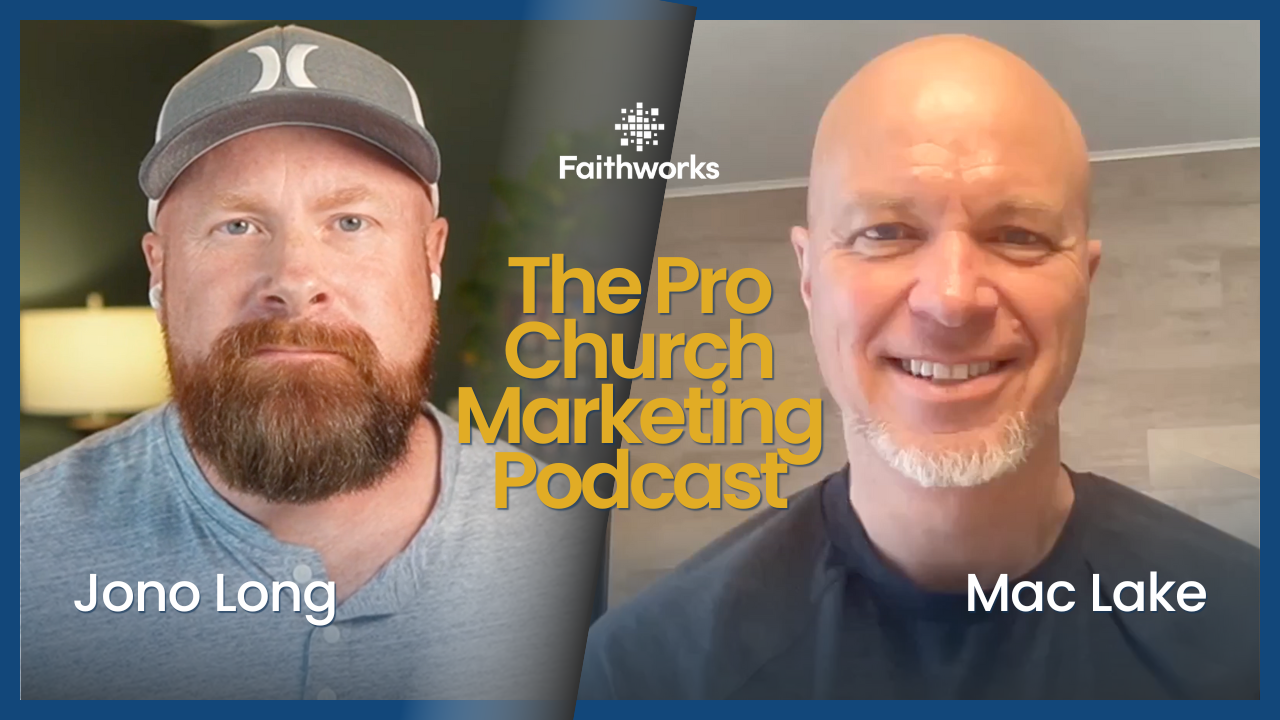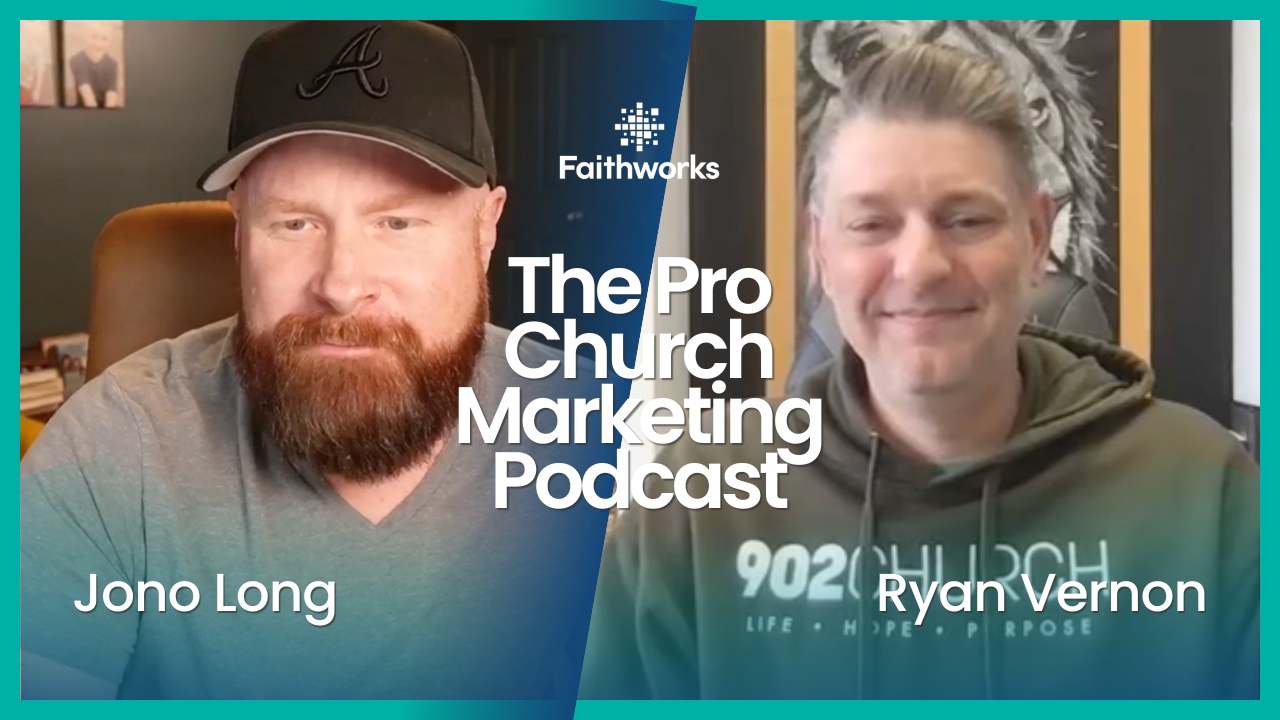Engaging Your Church Community Through Social Media
Social media has become a vital tool for churches to connect with their community. It allows churches to share their message, promote events, and engage with members on a personal level. Faithworks Marketing offers services to help churches leverage the power of social media to enhance their communication and reach.
A strong social media presence starts with a solid foundation. This means setting up and optimizing your profiles on various platforms, ensuring your church’s branding is consistent, and setting clear goals for what you want to achieve through social media. Whether it’s increasing attendance, promoting events, or simply staying connected with your congregation, having a clear plan is essential.
Creating engaging content is another critical aspect. Content should be relevant and meaningful to your audience. This could include sermon highlights, event announcements, inspirational quotes, and community stories. The key is to keep your audience engaged and involved in the life of the church.
Using social media platforms effectively can amplify your message. Each platform has its unique features and audience, so it's important to tailor your content to fit the platform you're using. For example, Instagram is great for sharing photos and short videos, while Facebook is ideal for longer posts and event invitations.
Lastly, measuring success and adapting your strategy is crucial. By analyzing metrics like engagement rates, follower growth, and post reach, you can understand what’s working and what needs improvement. This ongoing evaluation helps you to refine your approach and ensure your social media efforts are effective.
In this article, we will explore these strategies in detail, providing you with actionable tips to engage your church community through social media successfully.
Building a Strong Social Media Foundation
To engage your church community effectively, you need a solid social media foundation. Start by setting up and optimizing your profiles on key platforms like Facebook, Instagram, and Twitter. Make sure your church’s name, profile picture, and contact details are consistent across all profiles. A clear, recognizable brand helps build trust and makes it easier for people to find and follow you.
Define your goals from the outset. Do you want to increase attendance, share daily devotionals, or keep your members updated on events? Knowing your objectives will guide your content and engagement strategies. Use these goals to create a social media plan that outlines what you will post, how often, and on which platforms.
Consistency is key. Regularly posting content helps keep your audience engaged and informed. Use a calendar to schedule posts ahead of time. This will help you stay organized and ensure that you’re consistently reaching out to your community.
Creating Engaging Content for Your Congregation
Engaging content is essential for capturing attention and fostering interaction. Start by identifying the types of content that resonate with your audience. This might include sermon highlights, inspirational quotes, community event announcements, and member testimonials. Mix up different types of posts to keep things interesting.
Visual content tends to get more engagement. Use high-quality photos and videos to capture church events, services, and community activities. Share behind-the-scenes looks at church preparations or highlight volunteer efforts. Adding captions and descriptions can make these posts more engaging and relatable.
Interactive content can also boost engagement. Create polls, ask questions, or invite members to share their favorite Bible verses. This encourages people to comment and participate, fostering a sense of community. Additionally, be responsive. When members comment or ask questions, reply promptly to show you value their input and interaction.
Utilizing Social Media Platforms Effectively
Different social media platforms offer unique features and reach different audiences. It's important to understand how to use each platform to its fullest potential. For instance, Facebook is excellent for sharing longer posts, creating events, and connecting through live videos. Use it to post church updates, event information, and inspirational messages.
Instagram is great for visual storytelling. Post pictures from church services, community events, and behind-the-scenes moments. Use Instagram Stories for quick, engaging updates and Instagram Reels for short, captivating videos. Engaging with followers through comments and direct messages can also build stronger relationships.
Twitter allows for real-time updates and quick interactions. Use it to share scripture quotes, quick church updates, and engage in faith-based discussions. Hashtags can increase your visibility, so use relevant hashtags to reach a broader audience.
YouTube is ideal for sharing more in-depth content. Upload sermons, worship sessions, and educational videos. Regularly update your channel and create playlists to organize content for easier access.
Measuring Success and Adapting Strategies
To ensure your social media efforts are effective, measure success regularly. Track key metrics like engagement rates, follower growth, and post reach. These indicators help you understand what types of content resonate most with your audience.
Use the insights provided by each social media platform to analyze performance. For instance, Facebook Insights and Instagram Analytics offer detailed information about your audience and engagement. This data helps you identify trends and adjust your strategies accordingly.
Adapt based on feedback and performance. If a particular type of post garners high engagement, consider creating similar content more frequently. Conversely, if certain posts perform poorly, analyze why and make necessary adjustments.
Keep experimenting with new ideas and monitor their performance. Regularly updating and refining your approach based on data and feedback ensures that your social media strategy remains effective and engaging.
Conclusion
Engaging your church community through social media is a powerful way to stay connected and grow your congregation. By building a strong foundation, creating engaging content, utilizing various platforms effectively, and measuring success, you can enhance your church's online presence and foster a sense of community.
At Faithworks Marketing, we specialize in helping churches navigate the complexities of social media. Our goal is to provide you with the tools and strategies to reach and engage your community effectively. If you're ready to take your church's social media to the next level, contact Faithworks Marketing today to learn how
social media management for churches can help.

Latest Posts




© 2025 All Rights Reserved | Faithworks Marketing







